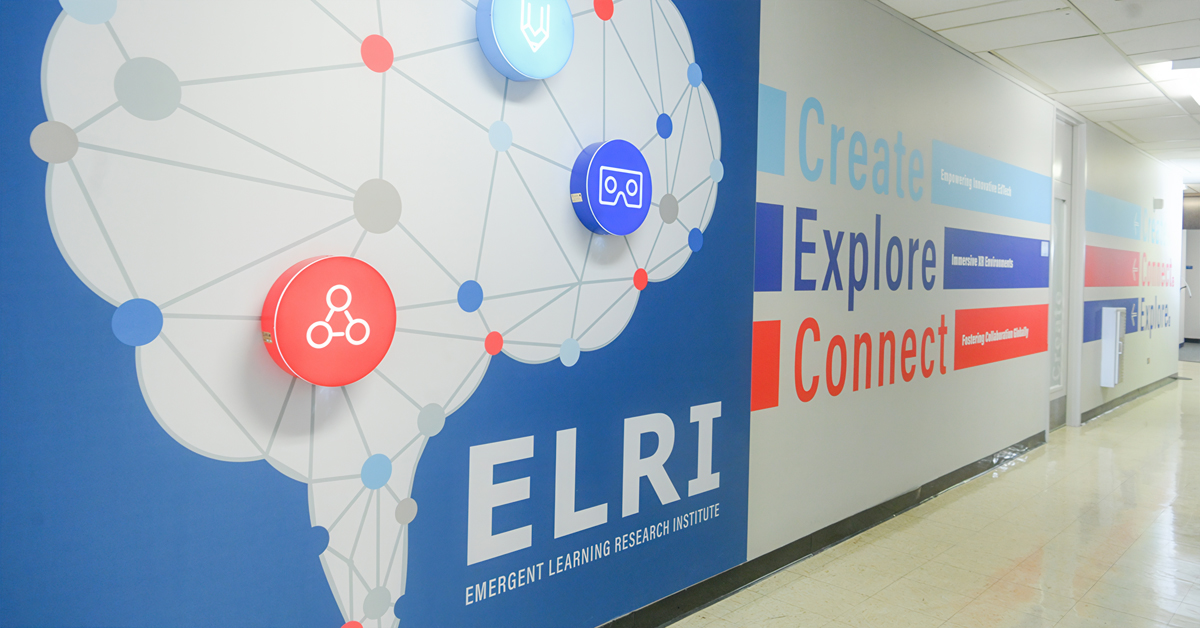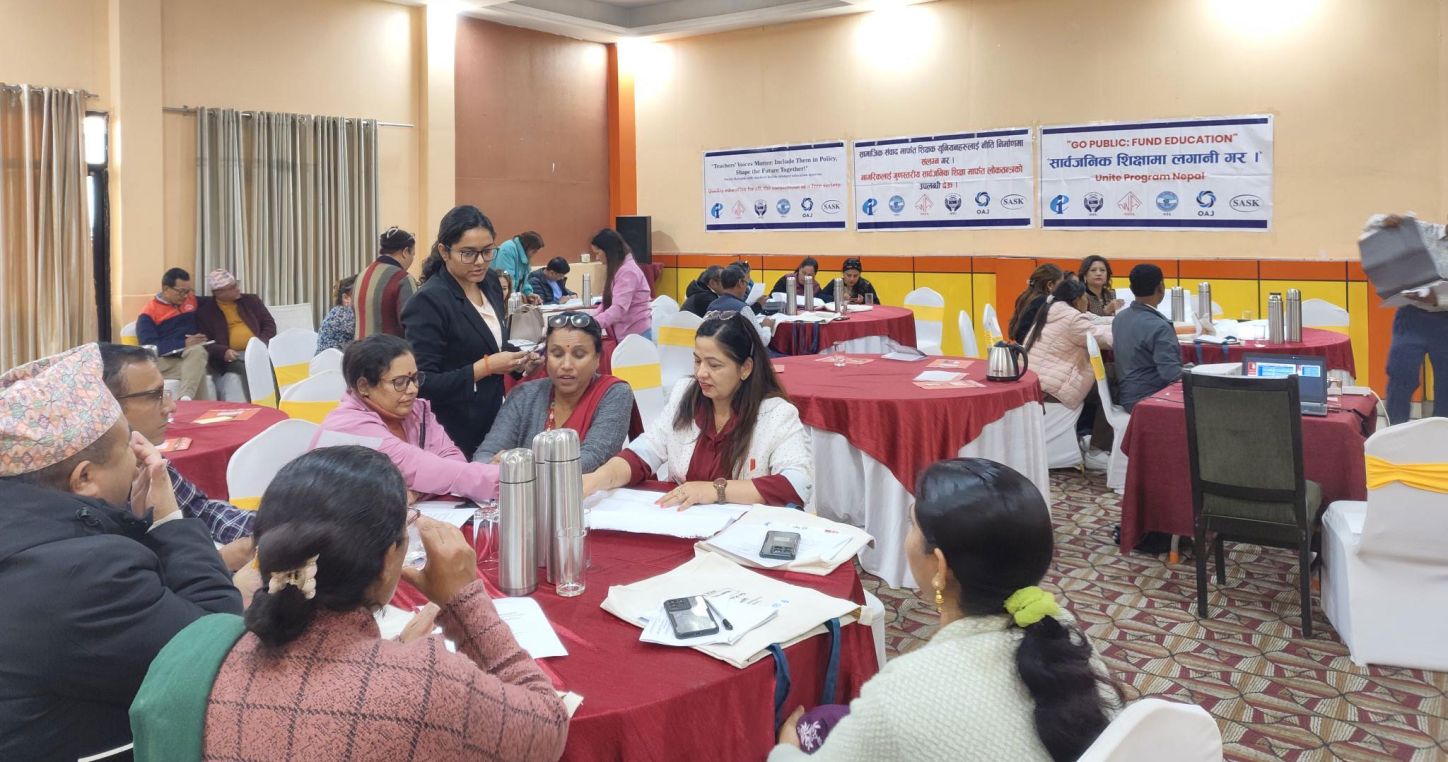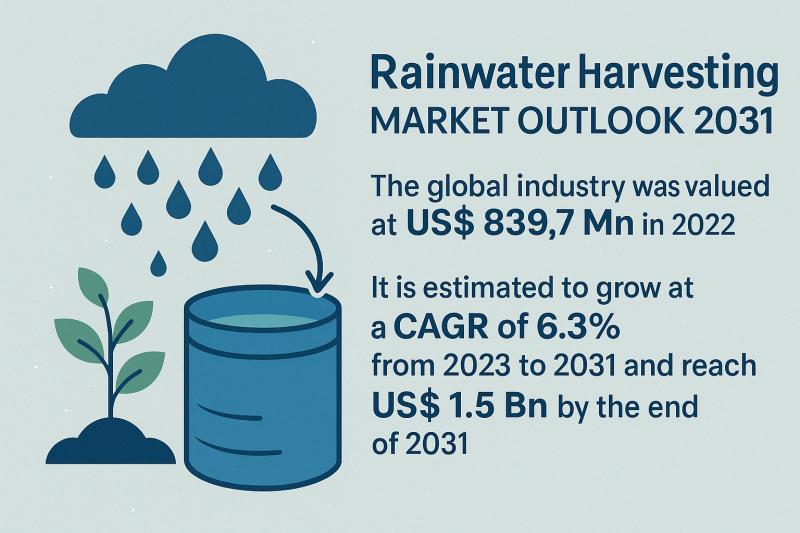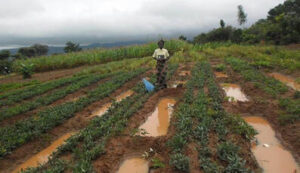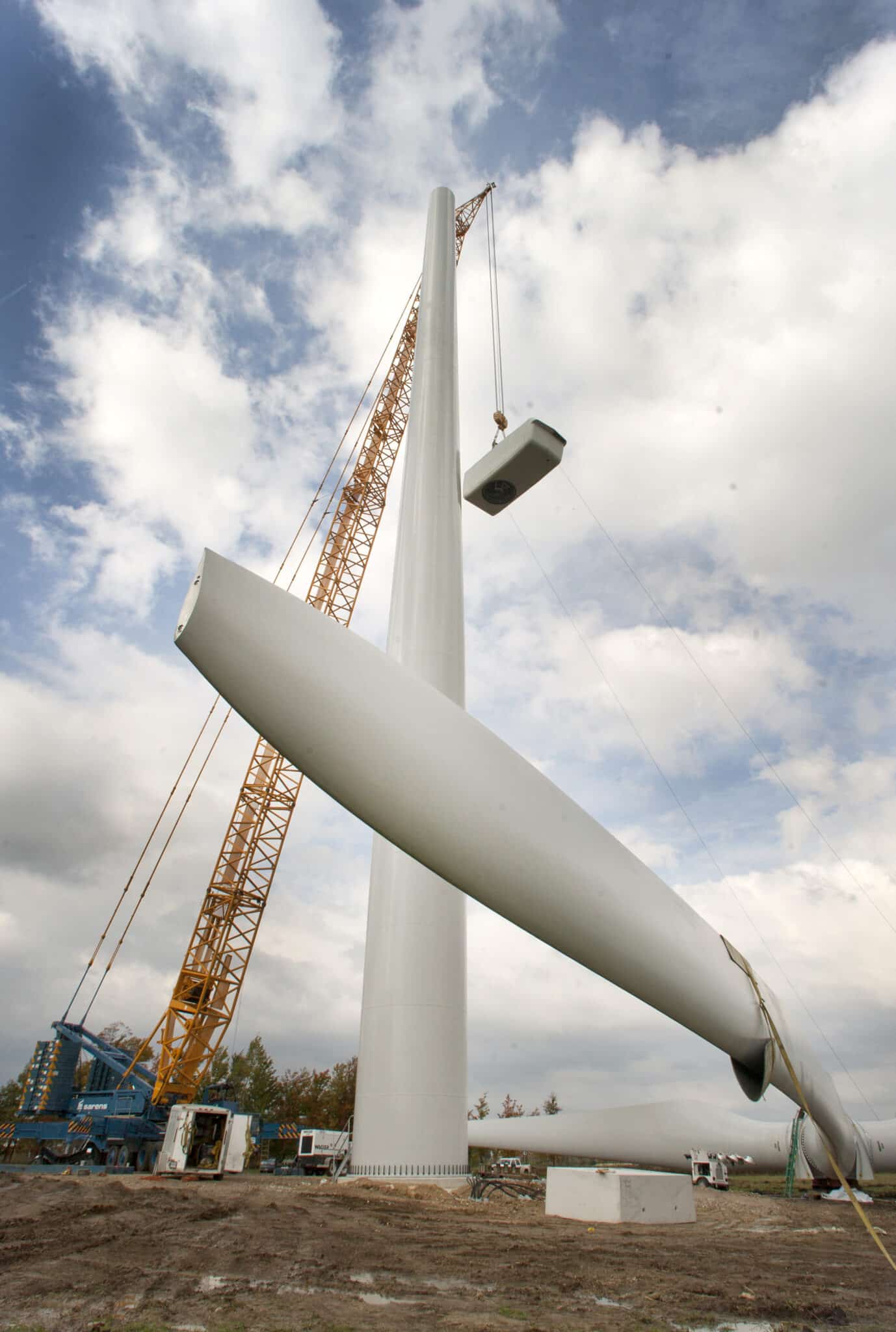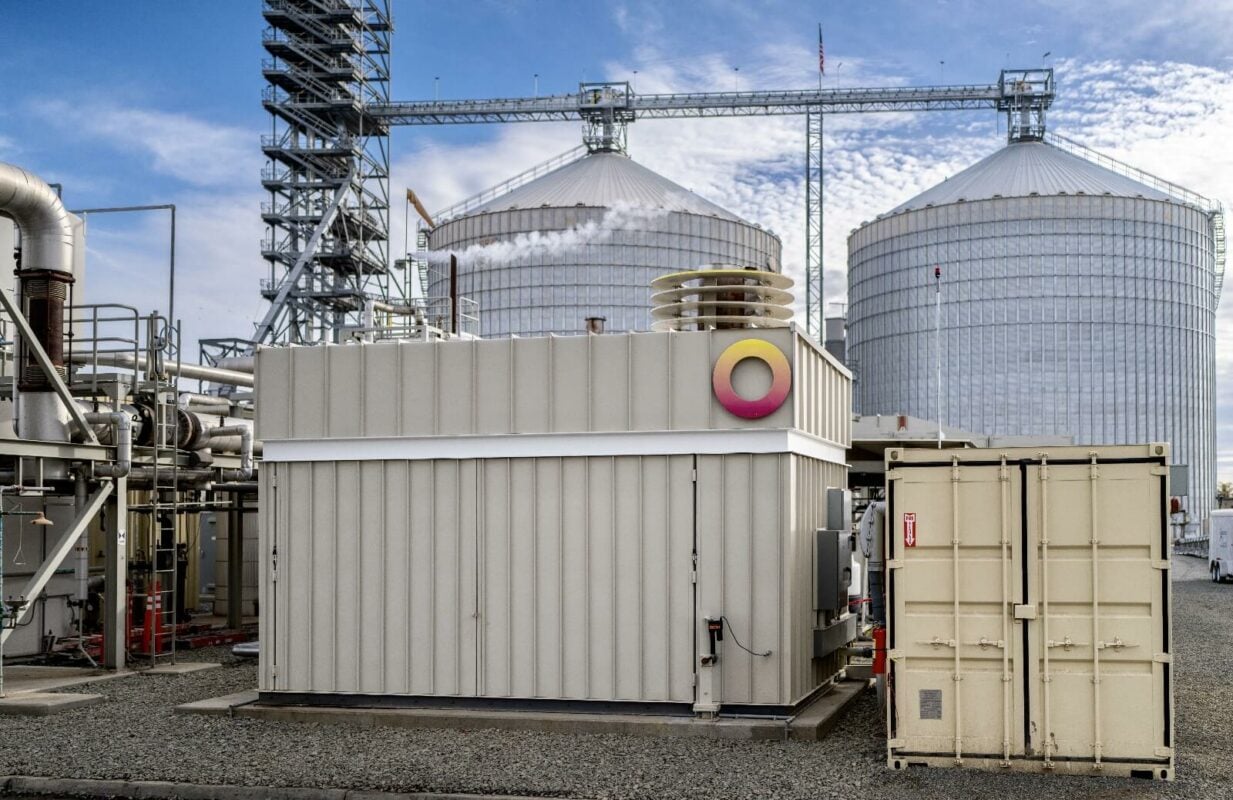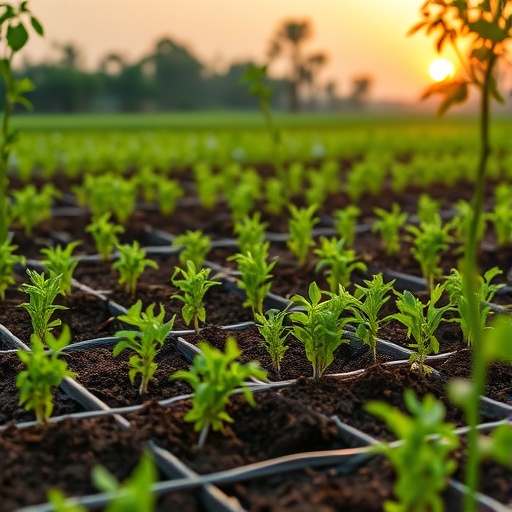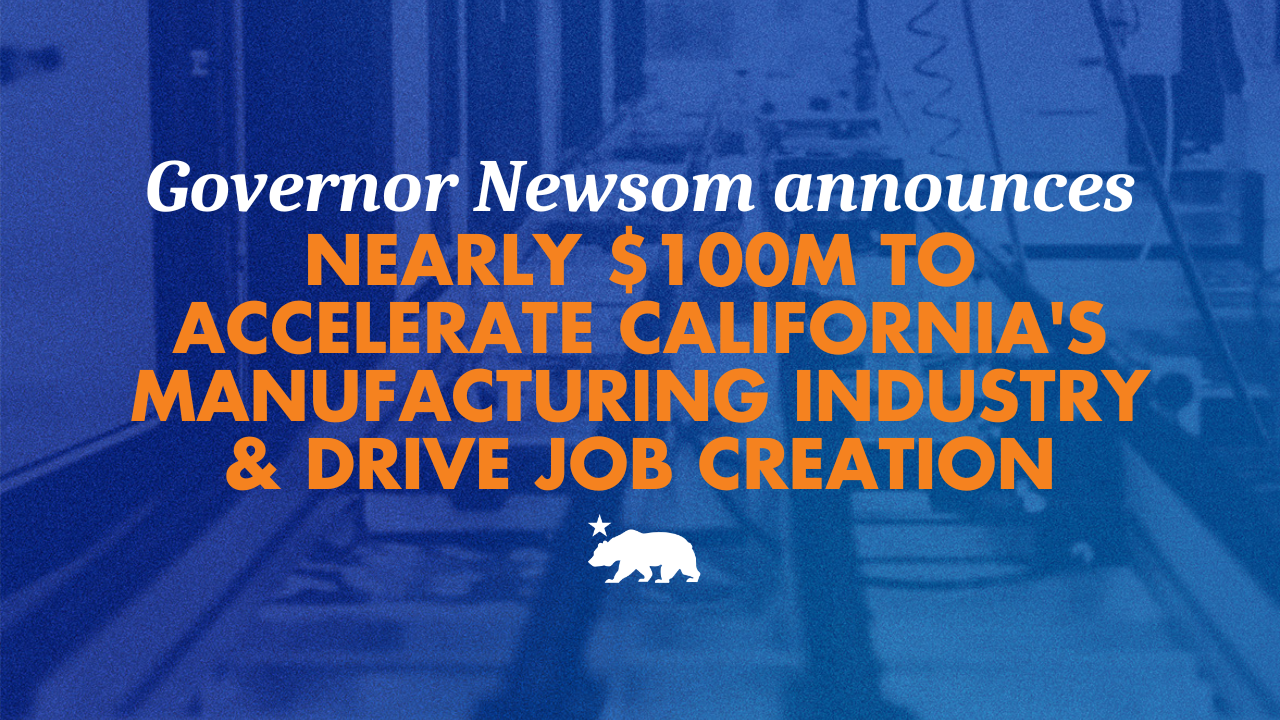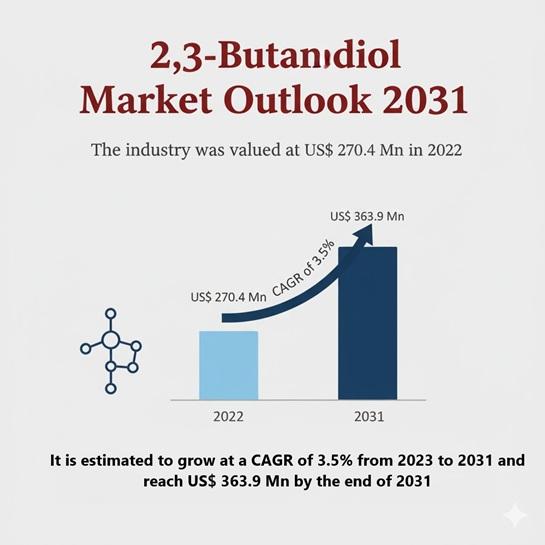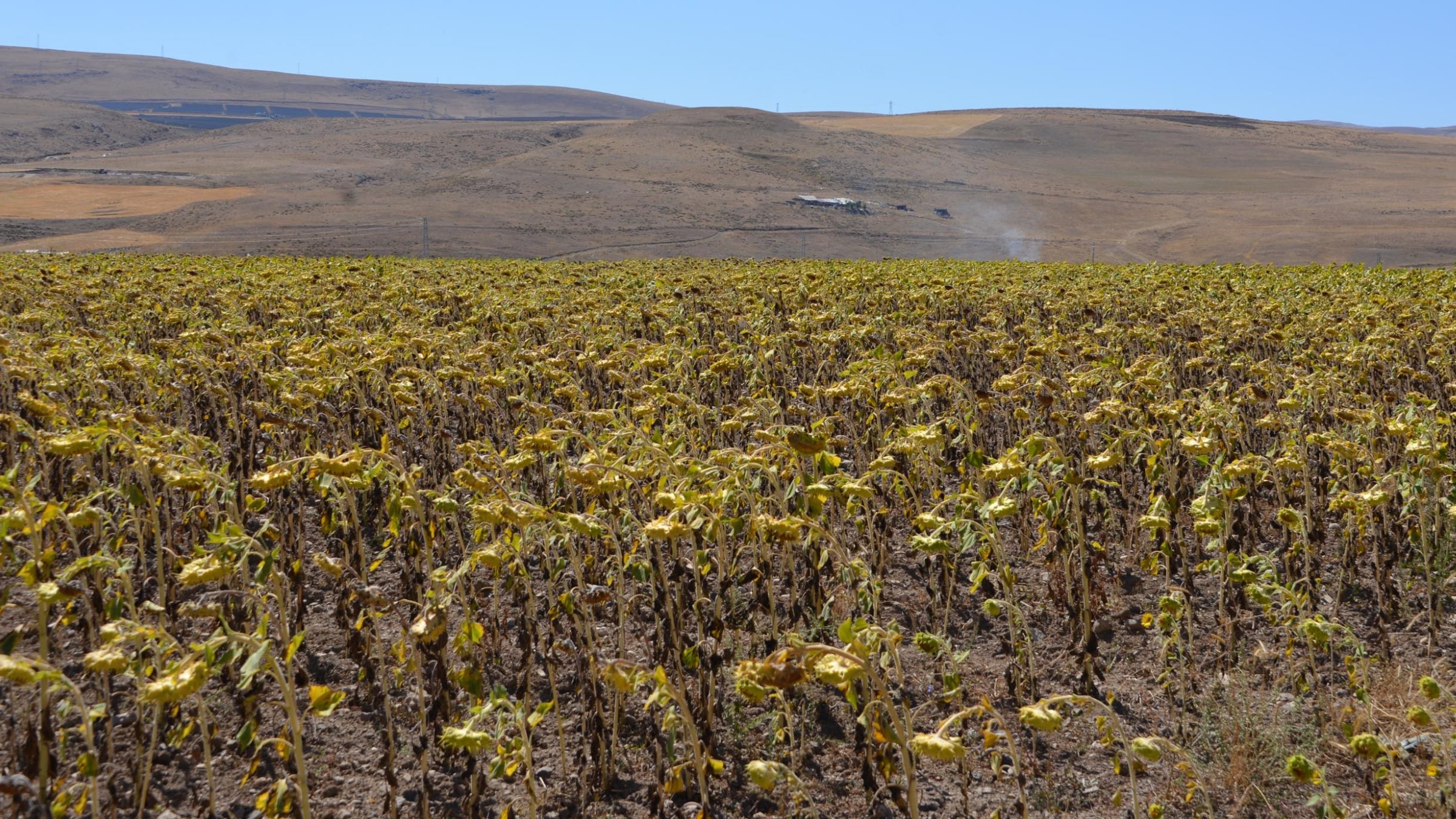ACES researcher acclaimed as national leader in agricultural innovation – Springfield Herald News

Report on Agroecosystem Innovation and its Contribution to Sustainable Development Goals
1.0 Executive Summary
This report details the national recognition awarded to Professor Kaiyu Guan for his significant contributions to agroecosystem science. His work pioneers the integration of advanced technology to address global challenges in food security and environmental sustainability, directly aligning with several United Nations Sustainable Development Goals (SDGs). The research, supported by a network of institutional and federal partners, exemplifies a modern approach to the land-grant mission, focusing on achieving high productivity in tandem with ecological stewardship.
2.0 National Recognition for Sustainable Agricultural Advancement
Professor Kaiyu Guan of the Department of Natural Resources and Environmental Sciences has received a national award from agInnovation for his work in agroecosystem science. This honor follows a similar recognition from agInnovation’s North Central region.
2.1 Basis for Recognition
The award acknowledges Professor Guan’s pioneering efforts in improving food security and environmental sustainability. His methodology is distinguished by the integration of multiple advanced technologies:
- Artificial Intelligence (AI)
- Satellite Remote Sensing
- Process-based Modeling
- Supercomputing
3.0 Alignment with UN Sustainable Development Goals (SDGs)
Professor Guan’s research portfolio demonstrates a profound commitment to the UN’s 2030 Agenda for Sustainable Development. The work is particularly relevant to the following goals:
- SDG 2: Zero Hunger: The primary objective of the research is to enhance food security through advanced monitoring and modeling of agricultural productivity. This directly supports the target of ending hunger and promoting sustainable agriculture.
- SDG 15: Life on Land: By focusing on the dual goals of high productivity and environmental sustainability, the work contributes to the protection and sustainable management of terrestrial ecosystems. The Agroecosystem Sustainability Center’s mission is central to this SDG.
- SDG 9: Industry, Innovation, and Infrastructure: The use of cutting-edge tools, including AI and supercomputing, to solve agricultural challenges is a clear example of fostering innovation to build resilient and sustainable systems.
- SDG 17: Partnerships for the Goals: The success of this research is built on extensive collaboration. Professor Guan’s leadership and affiliations create a robust network for achieving sustainable development objectives.
4.0 Leadership and Research Impact
Professor Guan’s influence extends through his leadership in key initiatives and his significant research output, which underpins the progress towards these SDGs.
4.1 Key Leadership Roles
- Chief Scientist, NASA Acres
- Founding Director, Agroecosystem Sustainability Center at the University of Illinois
4.2 Research Metrics
- Secured over $40 million in research funding.
- Published more than 180 scholarly articles.
4.3 Institutional and Collaborative Framework
The research is supported by a broad network of institutions dedicated to collaborative, multi-disciplinary science, reflecting the spirit of SDG 17.
- agInnovation: Represents the national network of State Agricultural Experiment Stations (SAES), fostering multistate research collaborations on critical challenges in agriculture, food systems, and natural resource management.
- University of Illinois Affiliations:
- Carl R. Woese Institute for Genomic Biology
- Institute for Sustainability, Energy, and Environment
- National Center for Supercomputing Applications
- Center for Digital Agriculture
- Siebel School of Computing and Data Science
- Federal Support: Research is made possible in part by Hatch funding from the USDA’s National Institute of Food and Agriculture (NIFA).
1. SDGs Addressed in the Article
SDG 2: Zero Hunger
- The article highlights Professor Guan’s work to “improve food security” and achieve “high productivity” in agriculture. This directly aligns with SDG 2’s mission to end hunger, achieve food security, improve nutrition, and promote sustainable agriculture.
SDG 9: Industry, Innovation, and Infrastructure
- The core of the article focuses on “pioneering integration of artificial intelligence, satellite sensing, process modeling, and supercomputing.” This emphasis on research, technological advancement, and innovation in the agricultural sector is central to SDG 9. The mention of over “$40 million in research funding” and “180 scholarly articles” further reinforces this connection.
SDG 12: Responsible Consumption and Production
- The research aims to achieve “environmental sustainability” and addresses “natural resource management.” This connects to SDG 12’s goal of ensuring sustainable consumption and production patterns, particularly through the sustainable management of natural resources in agriculture.
SDG 15: Life on Land
- Professor Guan’s work in “agroecosystem science” and the goal of “serving both people and the land” relate to SDG 15. The focus on “agroecosystem sustainability” implies practices that protect, restore, and promote the sustainable use of terrestrial ecosystems.
SDG 17: Partnerships for the Goals
- The article mentions “multistate research collaborations” and the role of organizations like “agInnovation,” “NASA Acres,” and various university centers. This highlights the importance of partnerships between academic institutions, government-funded bodies (like SAES and NASA), and research centers to achieve sustainability goals.
2. Specific Targets Identified
-
Target 2.4: By 2030, ensure sustainable food production systems and implement resilient agricultural practices that increase productivity and production, that help maintain ecosystems…
The article’s focus on advancing “modern agriculture to achieve both high productivity and environmental sustainability” directly supports this target. The work of the “Agroecosystem Sustainability Center” is aimed at creating these exact systems.
-
Target 2.a: Increase investment… in agricultural research and extension services, technology development…
This target is addressed through the mention of Professor Guan garnering “over $40 million in research funding” and the support from “Hatch funding from USDA’s National Institute of Food and Agriculture” for agricultural research.
-
Target 9.5: Enhance scientific research, upgrade the technological capabilities of industrial sectors… encouraging innovation and substantially increasing… public and private research and development spending.
Professor Guan’s work is described as “pioneering” and “innovative,” utilizing “cutting-edge tools” like AI and supercomputing. The significant research funding and publication record (“180 scholarly articles”) are direct evidence of enhanced scientific research and development as called for in this target.
-
Target 17.6: Enhance… regional and international cooperation on and access to science, technology and innovation…
The article describes how “agInnovation connects researchers working in SAES across the country, catalyzing multistate research collaborations.” This demonstrates a partnership model for advancing science and technology, which is the essence of this target.
3. Indicators Mentioned or Implied
-
Financial Investment in Research:
The article explicitly states that Professor Guan has garnered “over $40 million in research funding.” This figure serves as a direct indicator of financial resources being mobilized for research and innovation in sustainable agriculture, relevant to Targets 2.a and 9.5.
-
Research and Development Output:
The mention of “more than 180 scholarly articles” published by Professor Guan is a quantifiable indicator of research output and the dissemination of scientific knowledge, which can be used to measure progress towards Target 9.5.
-
Formation of Partnerships and Collaborations:
The existence of “multistate research collaborations” and the mention of specific collaborative entities like “NASA Acres,” the “Agroecosystem Sustainability Center,” and “agInnovation” serve as qualitative indicators of progress towards SDG 17 (Partnerships for the Goals).
-
Adoption of Advanced Technology:
The “integration of artificial intelligence, satellite sensing, process modeling, and supercomputing” is an indicator of the adoption and development of advanced, environmentally sound technologies to improve agricultural sustainability, relevant to Targets 2.4 and 17.7.
4. Summary Table of SDGs, Targets, and Indicators
| SDGs | Targets | Indicators |
|---|---|---|
| SDG 2: Zero Hunger | 2.4: Ensure sustainable food production systems and implement resilient agricultural practices.
2.a: Increase investment in agricultural research and technology development. |
– Achieving “high productivity” and “environmental sustainability” in agriculture. – “$40 million in research funding” for agroecosystem science. |
| SDG 9: Industry, Innovation and Infrastructure | 9.5: Enhance scientific research, upgrade technological capabilities, and encourage innovation. | – “pioneering integration of artificial intelligence, satellite sensing, process modeling, and supercomputing.” – Publication of “more than 180 scholarly articles.” – Securing over “$40 million in research funding.” |
| SDG 12: Responsible Consumption and Production | 12.2: Achieve the sustainable management and efficient use of natural resources. | – Research focus on “environmental sustainability” and “natural resource management.” |
| SDG 15: Life on Land | 15.3: Combat desertification, restore degraded land and soil. | – Work in “agroecosystem science” and the establishment of the “Agroecosystem Sustainability Center.” |
| SDG 17: Partnerships for the Goals | 17.6: Enhance regional cooperation on and access to science, technology and innovation. | – Existence of “multistate research collaborations” catalyzed by organizations like “agInnovation.” – Leadership roles in collaborative entities like “NASA Acres.” |
Source: springfieldherald.news

What is Your Reaction?
 Like
0
Like
0
 Dislike
0
Dislike
0
 Love
0
Love
0
 Funny
0
Funny
0
 Angry
0
Angry
0
 Sad
0
Sad
0
 Wow
0
Wow
0





